REVIEW
ScanArt, DrawArt Professional
Migraph Inc.
720 S. 333rd St. Suite 201
Federal Way, WA 98003
(206) 838-4677
ScanArt, $49.95
DrawArt Professional, $69.95
Reviewed by Maurice Molyneaux
When not writing articles for ST-LOG or otherwise working on computers, Maurice Molyneaux studies classic cel and modern computer animation, deadens his eardrums with overloud classical music, and further damages his already questionable sanity by listening to recordings of Monty Python, Tom Lehrer and Laurie Anderson. Otherwise he just makes a nuisance of himself. His DELPHI username is MAURICEM.
If there is one computer-related term you can't seem to get away from these days it has to be "desktop publishing" (DTP). Those two innocuous-looking words have transformed much of the personal computer industry, changing machines that were once mostly used for keeping inventories and calculating the bottom line into publishing houses in miniature. The programs responsible for most of this revolution are the software equivalent of a typesetting machine and a layout and paste-up department. Your printer acts as a printing press.
Simple, yes, but most DTP software stops there, providing only limited tools for the addition of elements besides text. You can sometimes draw simple graphics from within the program or import bit-images from another program; but the problem is that most people are not artists and not up to the task of creating polished-looking images to import into their documents. In real printing shops they have books and files of clip art: Stock images for all manner of needs.
Migraph, the people who brought us the excellent Easy Draw, have attempted to fill this need with two packages of "digital" clip art. The ScanArt and DrawArt Professional packages each consist of two double-sided disks containing many, many clipart images for use in appropriate desktop publishing and/or drawing software. Each product is also slightly different, as you might guess from their names.
ScanArt is, as the name suggests, a package of scanned images. For those new to the subject, a scanned image is one in which a drawing or photograph is "read" by a scanning device, and its likeness is recreated in a computer-usable form. Thus, these images often look very much like "real" artwork when printed out on a decent printer. Proper use of such images can make documents more attractive, and, since the images are scanned and don't really look "computerized," they tend to make them look more professional as well.
The ScanArt disk contains over 100 scanned images, which are categorized and segregated in folders under the subjects of animals, bears (cartoon), food, holiday, humor, mortise, office, performance, santa, school, sports and transportation. The images themselves range from cartoony to realistic and cover a broad range of styles. It's much like having an actual clipart book at your disposal.
And the images are quite good and generally print out very nicely, even on a lowly 9-pin printer like my trusty old Star SG-10. They are also in varying sizes (number of dots scanned), which, although they can be scaled up or down, all tend to have a bottom-limit to how small you can shrink them before the details begin to drop out and/or get muddled. This is not a fault of the supplied artwork, but a practical limitation of the maximum resolution of your printer. Also, generally you'd never scale one of these images up so large as to cause the dots making up the image to become too obvious.
ScanArt



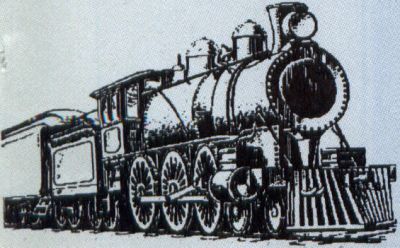
Each image is stored as a standard compressed .IMG (image) file and can be loaded into any application that can read these, such as Easy Draw (you must have the Supercharged version!) and Time-Works Desktop Publisher ST.
DrawArt Professional is a package of drawn images, not scanned ones. These pictures are stored as standard GEM graphic files and are usable by any program that can read these (any version of Easy Draw will work). Since the GEM file format stores not bit-images, but the actual data for the manner in which the pictures are drawn, they can be rescaled, changed and manipulated almost endlessly (provided the program you're using has these editing tools).
Surprisingly, despite the fact that the over 150 images provided on this disk were drawn using a computer graphics program, most of the images are of high quality, many comparable to the scanned images on the ScanArt disk. The key difference is, of course, that as editable GEM files these are much easier to customize than scanned images. For example, after loading the US__STATE GEM file into Easy Draw you could break the group up into its individual components, grab and enlarge a specific state, and even make a dark copy of it "underneath" so it seems to have a shadow as it "floats" above the rest of the country!
The categories of art on the DrawArt disk are animals, arrows (three types), art tools, autos, borders (page), buildings, clip art (miscellaneous), computer, food, lights, maps, music, office, photo, sports, stars (graphic symbols, not movie stars!) and transportation. As with the ScanArt disk, the printout quality of these pictures is top-notch.
You may have noticed some overlap on topics between packages. It's true that both have clip-art topics of office, animals, etc. However, surprisingly, no images from either package are identical— or even very similar! There is no noticeable repetition.
DrawArt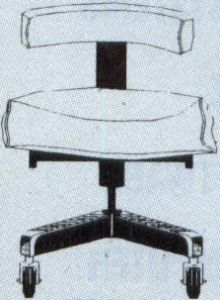
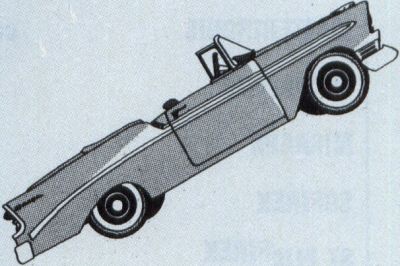

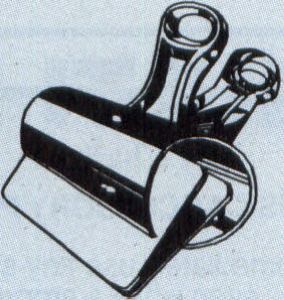

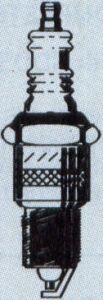

Another added bonus is a measure of portability. Both products come on disks that can be read on both PCs and STs, so, if you use a program like GEM Draw Plus (DrawArt only), GEM Desktop Publisher or Ventura Publisher on a PC (either package), you can use the clip art there as well.
No review of these programs would be complete without a mention of their documentation. Both products come with documentation that describes not only what the images are for, but gives practical advice on use and limitations on use. Furthermore, there are printouts of every image included, so you don't have to load each one to see what you have. DrawArt's documentation is bound up more in a "manual" form, while ScanArt's is a series of stapled full-size sheets of paper. Each is fine, with text brief and mercifully to the point.
Now, some of you may be wondering which of these disks would be your best buy. I can't honestly tell you. Both are excellent collections with very useful selections of clip art. Sure, some of the scanned images are prettier and more detailed than some of the drawn ones, but some of the bold graphics and symbols of the drawn images are more commonly used by most people. Both packages contain sets of images that I think would be useful to the regular desktop publisher on a day-to-day basis. Furthermore, both are great products and both are worth having. If you have a need for clip art, and a program that can use .GEM and .IMG files, buy them.